Run a workshop on an event
A crucial part of working towards reducing plastic pollution is to show people the process offline! The following introduction gives you a quick overview about all the stuff we at Kunststoffschmiede pay attention before starting a workshop in public.
—
Attachments
Resources
Step 1 - Prepare your machines
Ok, so before you start giving workshops, think about what kind of machine you would like to use in this context. What kind of workshop is it? How many people are coming and how much time do they have?
All the machines you use in public have to be safe against gross negligence. For a better performance, make sure that everything is clean, working properly and maybe you have some spare parts with you.
All the machines you use in public have to be safe against gross negligence. For a better performance, make sure that everything is clean, working properly and maybe you have some spare parts with you.
Step 2 - Prepare your moulds
Like the machines you use in public your moulds have to be reliable as well. We recommend moulds with a small cycle time, so as many people as possible can produce a product...
That means:
- Quick release-System to open and close your mould fast
- Small injection volume
- The product is easy to demould
That means:
- Quick release-System to open and close your mould fast
- Small injection volume
- The product is easy to demould
Step 3 - Prepare your equipment
You are leaving your workshop, so you need everything to run a plastic recycling workshop mobile.
As everyone has their own way of doing it, you get a list from Kunststoffschmiede (Germany) for your inspiration:
- Injection machine and the bicycle shredder
- Tools for maintenance
- Productcounter
- Electric box (including: Power cable, distributer and some lights)
- Moulds
- Shredded plastic
- Clean and unshredded plastic
- Samples from us and the community to show the possibilities
- Informations like flyers and posters
- First Aid Kit
- Camera
- strap, tape and ropes
- Tub and cleaning stuff to wash the plastic
As everyone has their own way of doing it, you get a list from Kunststoffschmiede (Germany) for your inspiration:
- Injection machine and the bicycle shredder
- Tools for maintenance
- Productcounter
- Electric box (including: Power cable, distributer and some lights)
- Moulds
- Shredded plastic
- Clean and unshredded plastic
- Samples from us and the community to show the possibilities
- Informations like flyers and posters
- First Aid Kit
- Camera
- strap, tape and ropes
- Tub and cleaning stuff to wash the plastic
Step 4 - Prepare your materials
For your workshop you need shredded plastic and some clean plastic which is ready to be shredded. Reserves are always good, maybe the shredder stops working and you are running out of fresh granules… Be prepared!
Step 5 - Prepare samples
It’s always good to have a variety of material and product samples to inspire people and help them understand the possibilities of plastic recycling.
You can use your own products, or get some more from the Precious Plastic Bazar to show what other workspaces around the world are doing. Present the products in a beautiful setting.
👉 bazar.preciousplastic.com
You can use your own products, or get some more from the Precious Plastic Bazar to show what other workspaces around the world are doing. Present the products in a beautiful setting.
👉 bazar.preciousplastic.com
Step 6 - Prepare your message
You also have to prepare yourself and ask yourself these questions:
- Why are you giving this workshop?
- What kind of knowledge and experience do you want to teach people?
- What are your good at?
- Why are you giving this workshop?
- What kind of knowledge and experience do you want to teach people?
- What are your good at?
Step 7 - Prepare your team
Don’t be alone, it’s much more fun and relaxed to work in a team!+
Here at Kunststoffschmiede we recommend 3-4 supervisors when you’re working with two machines. There are always people who have a lot of questions.
What does your team need:
- perfect operation of the machines and moulds
- communicative
- Your mindset is on one level. So your workshops have a consistent quality.
- They know the answers to the most asked questions. 👉 Next step!
Here at Kunststoffschmiede we recommend 3-4 supervisors when you’re working with two machines. There are always people who have a lot of questions.
What does your team need:
- perfect operation of the machines and moulds
- communicative
- Your mindset is on one level. So your workshops have a consistent quality.
- They know the answers to the most asked questions. 👉 Next step!
Step 8 - Typical questions asked at a workshop in public:
During the process most of the people have a lot of questions. We recommend that you always have an answer to the following question:
- What’s your story/backround?
- What’s your goal?
- What’s precious plastic?
- Can you be booked
- What type of plastic are you able to recycle?
- Are the fumes toxic?
- What is plastic? (ingredients)
- How can I change my lifestyle into an ecofriendly lifestyle?
- What’s your story/backround?
- What’s your goal?
- What’s precious plastic?
- Can you be booked
- What type of plastic are you able to recycle?
- Are the fumes toxic?
- What is plastic? (ingredients)
- How can I change my lifestyle into an ecofriendly lifestyle?
Step 9 - Wanna get money?
Be aware that you are doing something special that only a few can offer. And if you're asked to do a workshop, then think about whether you want to be paid for it. How much money you take is up to you. It depends on what circumstances you have to deal with.
Here are some cost items listed:
- Transport
- Use of the machine, moulds and other tools
- Fee for your team
- Placing cost
- Coordination
- Overhead for your organisation
Here are some cost items listed:
- Transport
- Use of the machine, moulds and other tools
- Fee for your team
- Placing cost
- Coordination
- Overhead for your organisation
Step 10 - Promote your workshop
Depending on how open the event is, make sure you don’t forget to let people know about your workshop, so that as many people as possible get the chance to see and learn.
There are several places where you can announce it, here some ideas:
- post a story/post on social media with #preciousplastic
- post it in your country’s channel on the Precious Plastic Discord
- create an event on the community platform
👉 community.preciousplastic.com/events
There are several places where you can announce it, here some ideas:
- post a story/post on social media with #preciousplastic
- post it in your country’s channel on the Precious Plastic Discord
- create an event on the community platform
👉 community.preciousplastic.com/events
Step 11 - Site-specific questions
As mentioned before you are leaving your lovely workshop. So sad :(
To be sure that everything runs great with your mobile workshop, you should clarify the following questions with the organizer:
- Power source: Is it strong enough, and how far is the plug?
- You need fresh water? Ask for the next water tap.
- Weather conditions: Is it protected from rain, ventilated with fresh air?
- How much space is available?
- What kind of people are expected?
- When are construction and dismantling times?
- Who is liable if something goes wrong?
To be sure that everything runs great with your mobile workshop, you should clarify the following questions with the organizer:
- Power source: Is it strong enough, and how far is the plug?
- You need fresh water? Ask for the next water tap.
- Weather conditions: Is it protected from rain, ventilated with fresh air?
- How much space is available?
- What kind of people are expected?
- When are construction and dismantling times?
- Who is liable if something goes wrong?
Step 12 - Construction on site
Label all the stations and create enough space around the machines so many people can see what’s happening. Compare your setup with the course of the recycling process and check if it’s similar.
Build up your mobile workshop with enough time and take a break before everything starts.
Build up your mobile workshop with enough time and take a break before everything starts.
Step 13 - Timing
Test everything beforehand with friends, so that you’re sure it runs smoothly. Then you have a better feeling and you know on what points you have to work on. If you do not practice, you won’t know how many people you can look after at the same time etc.
Step 14 - Participation
Think carefully about how to get strangers involved in the process. What can they do without endangering themselves or the machines?
Step 15 - Post processing
The last step is all about documentation...
How many people have you reached and how many products did you produce? Could you make interesting contacts or was the press there and wrote a report about you?
It’s good to track your impact and learn from your experiences.
And of course collect all your pictures! :)
How many people have you reached and how many products did you produce? Could you make interesting contacts or was the press there and wrote a report about you?
It’s good to track your impact and learn from your experiences.
And of course collect all your pictures! :)
—
—
—
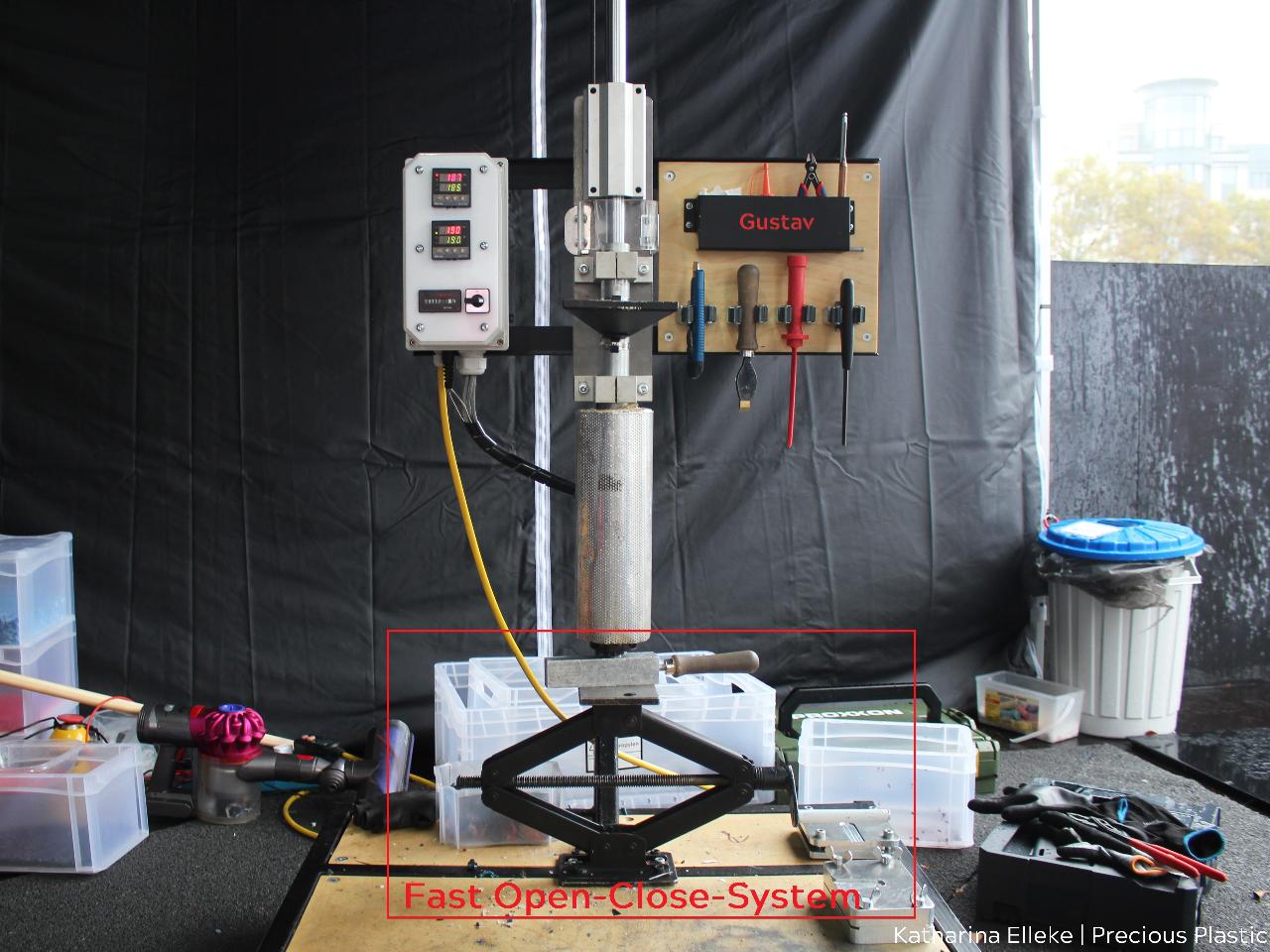
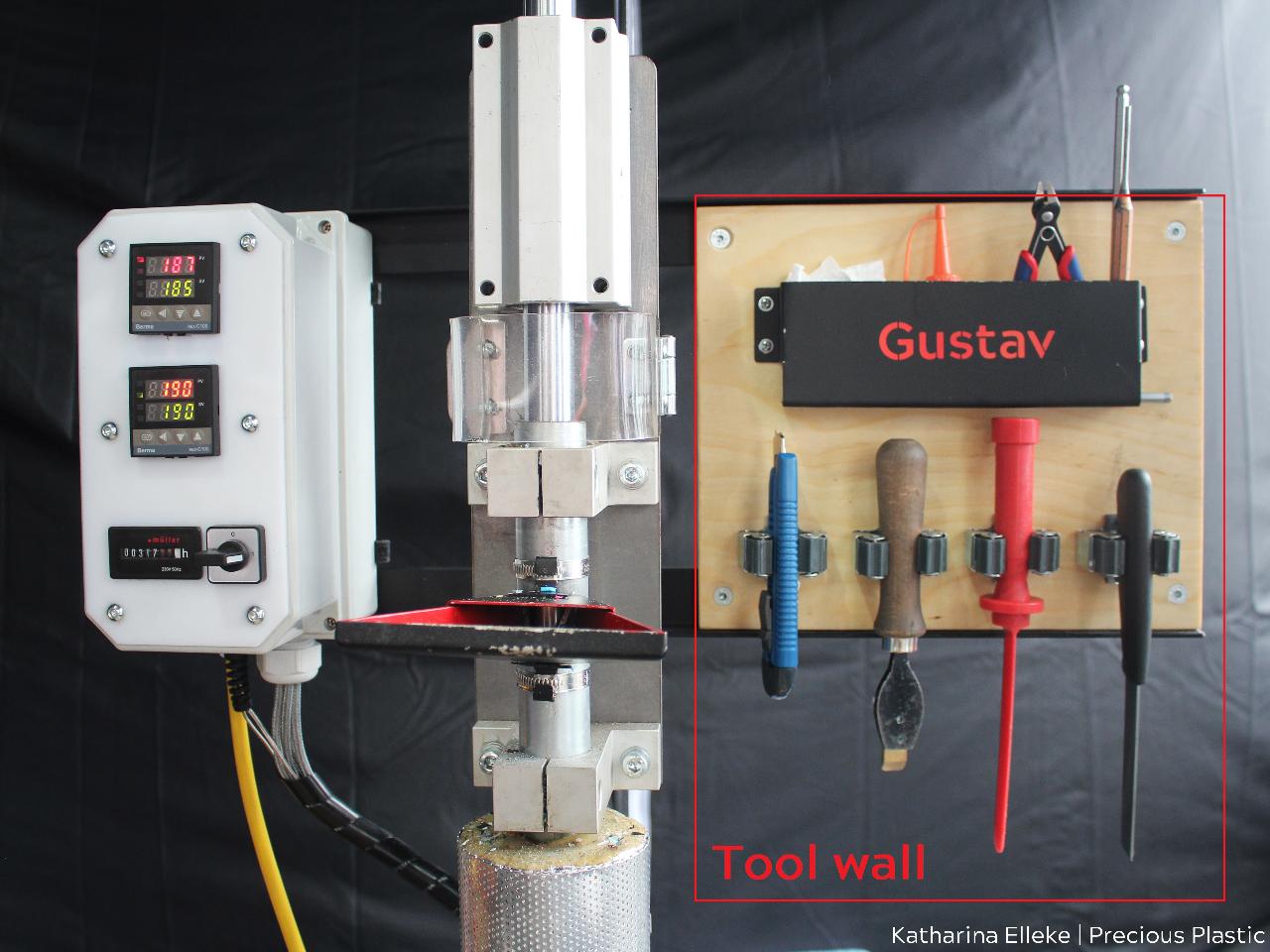
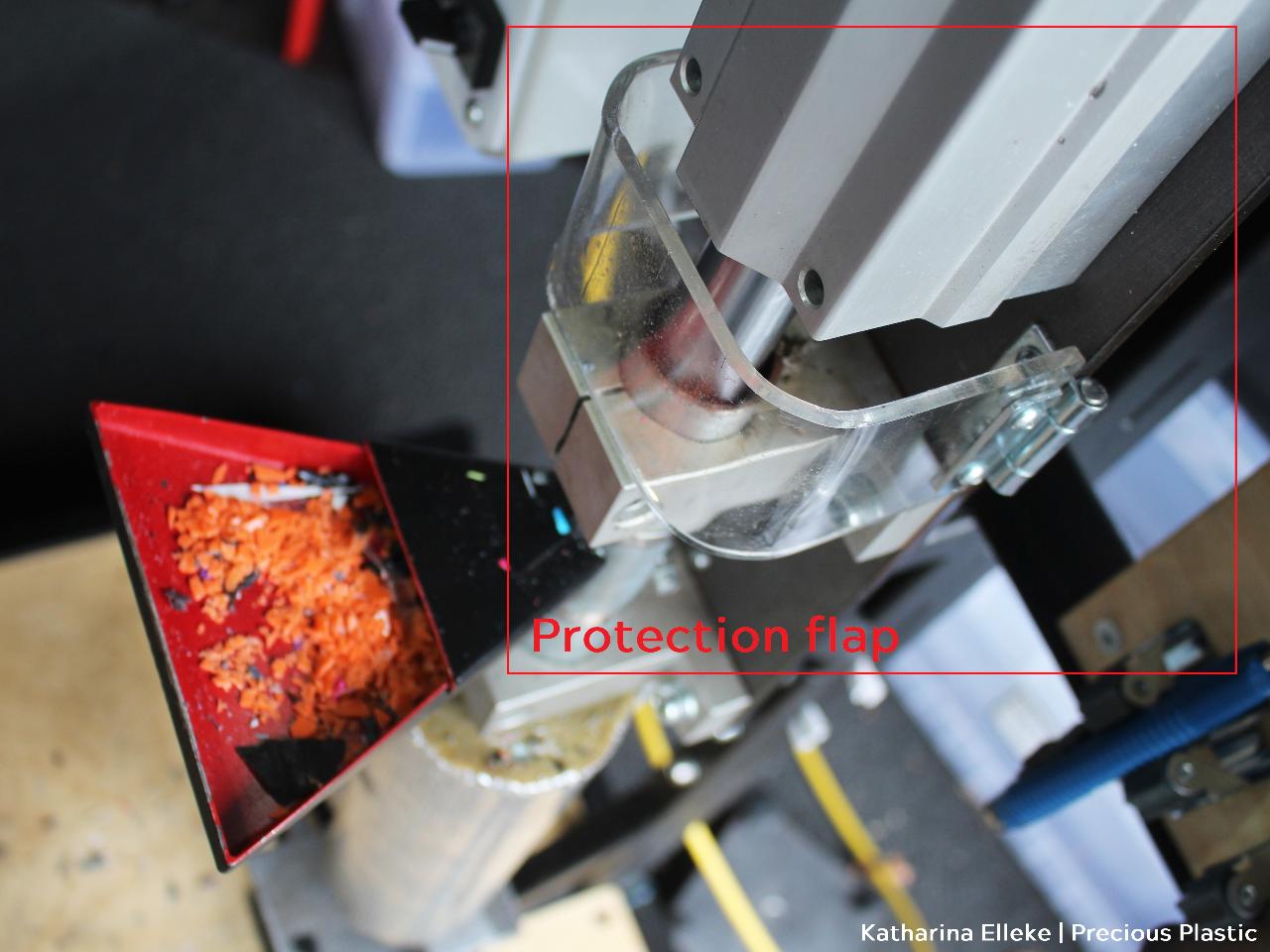
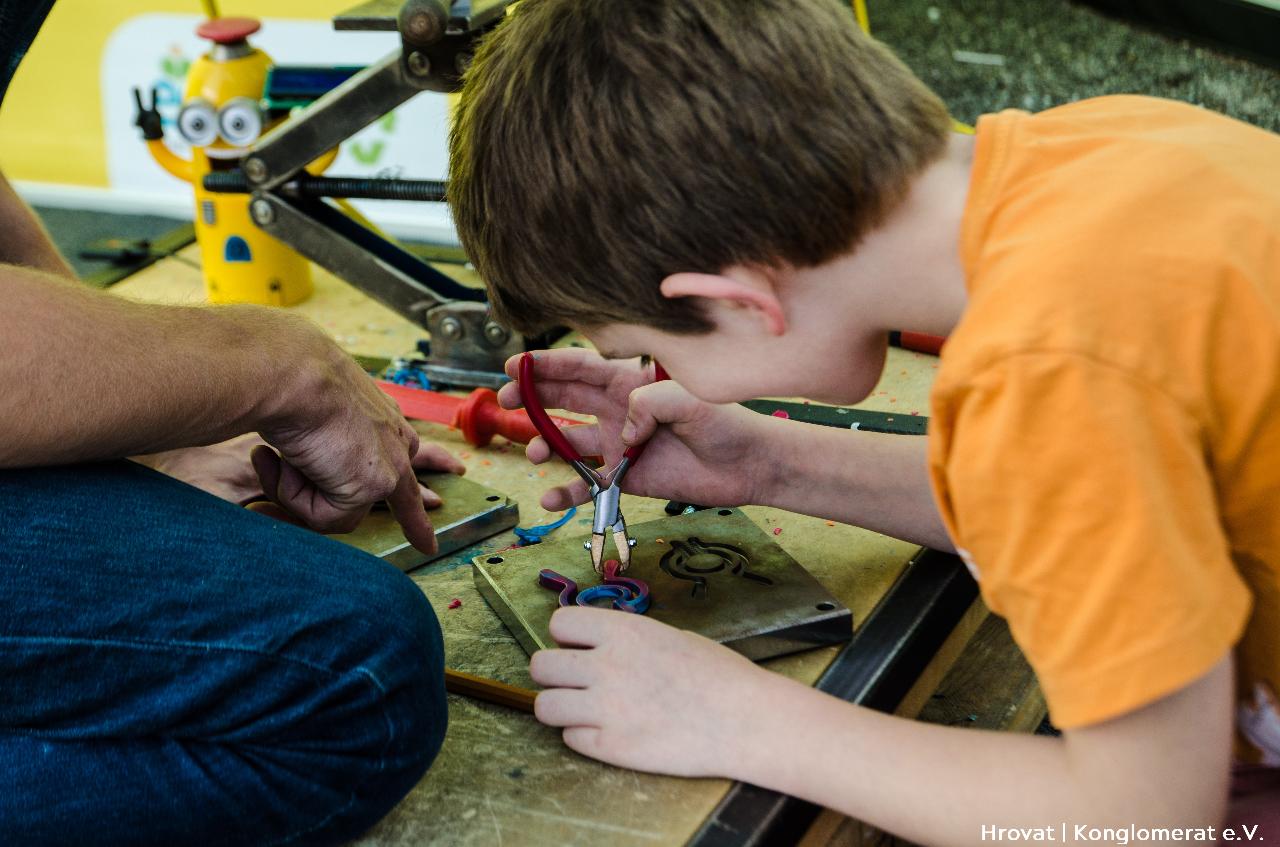
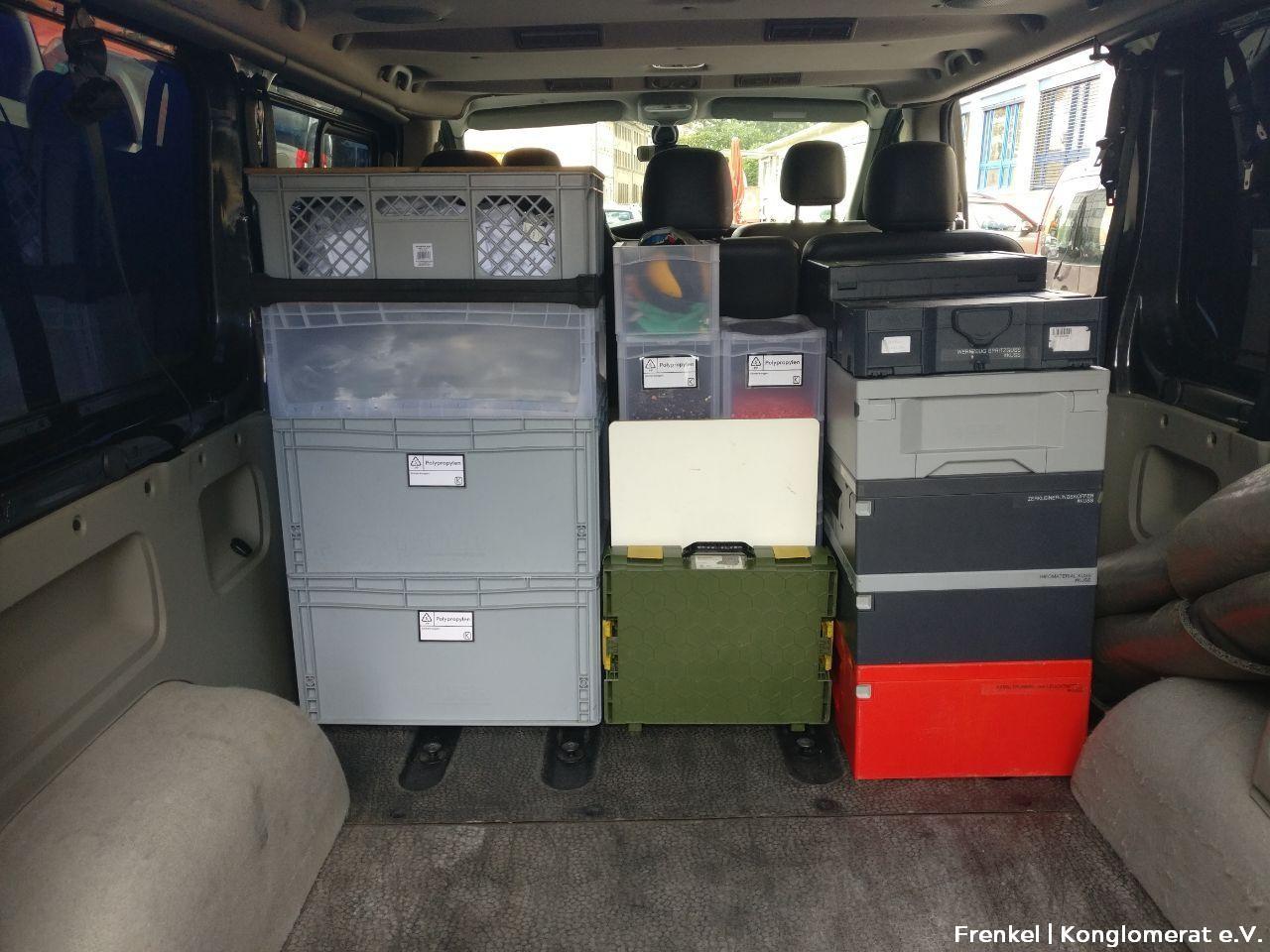
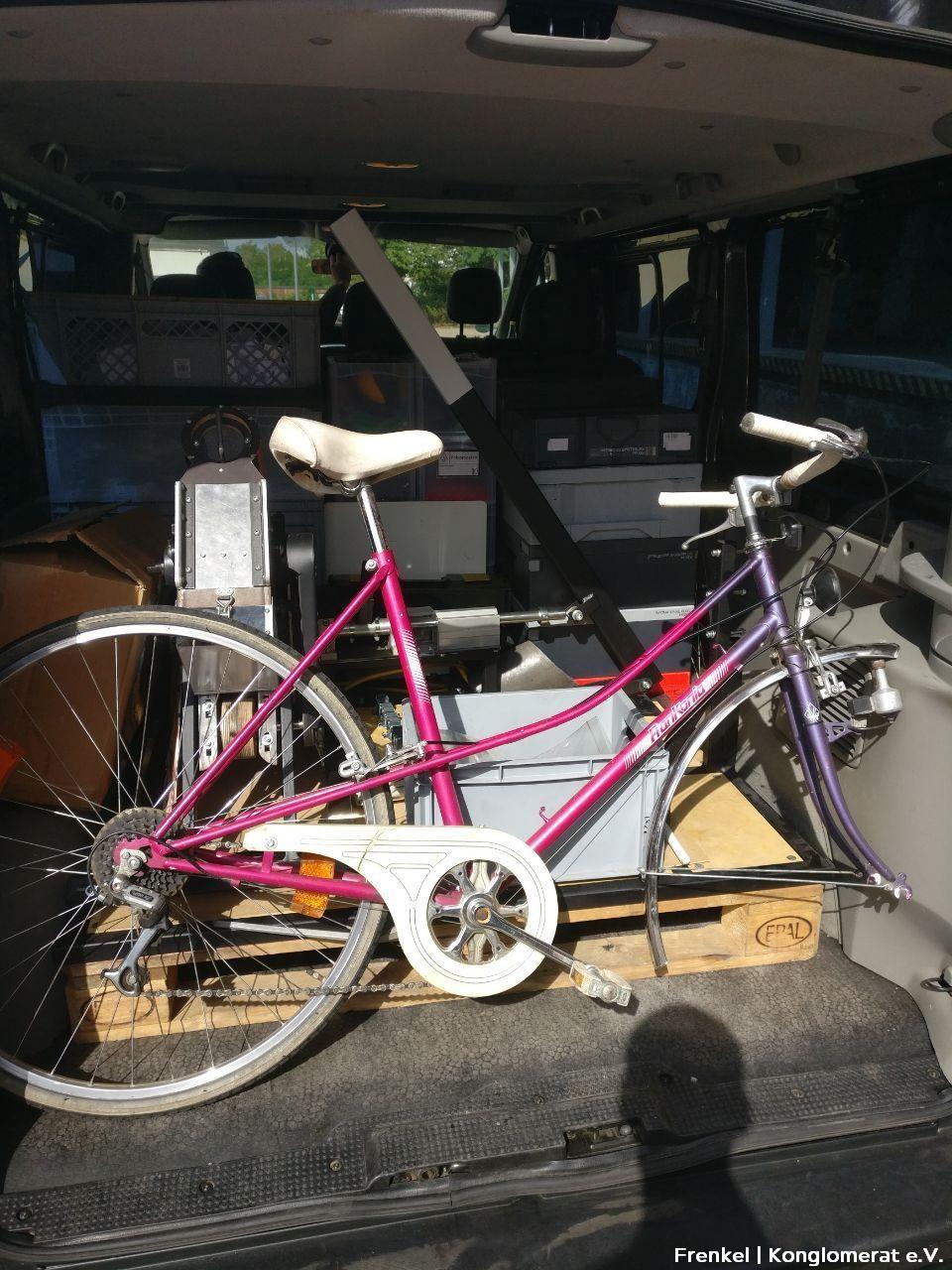
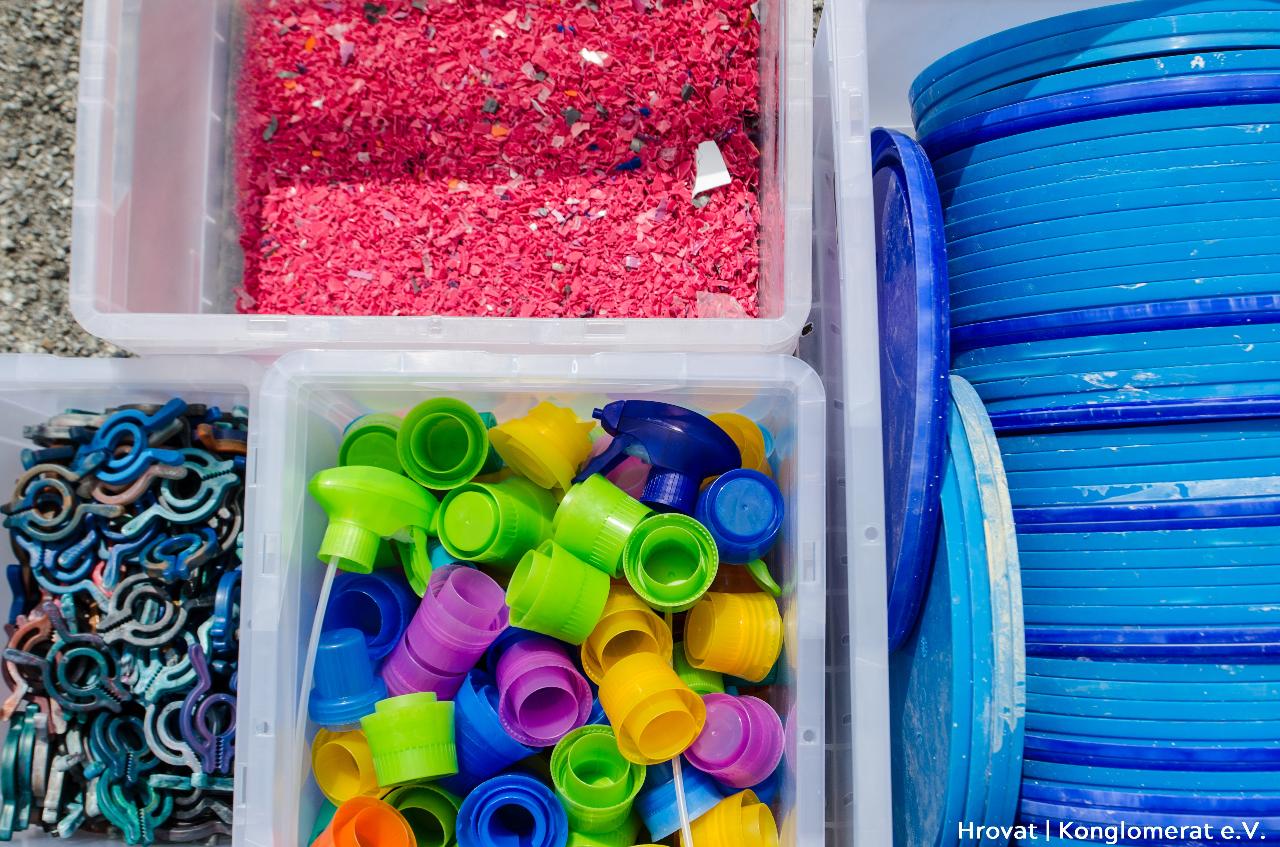
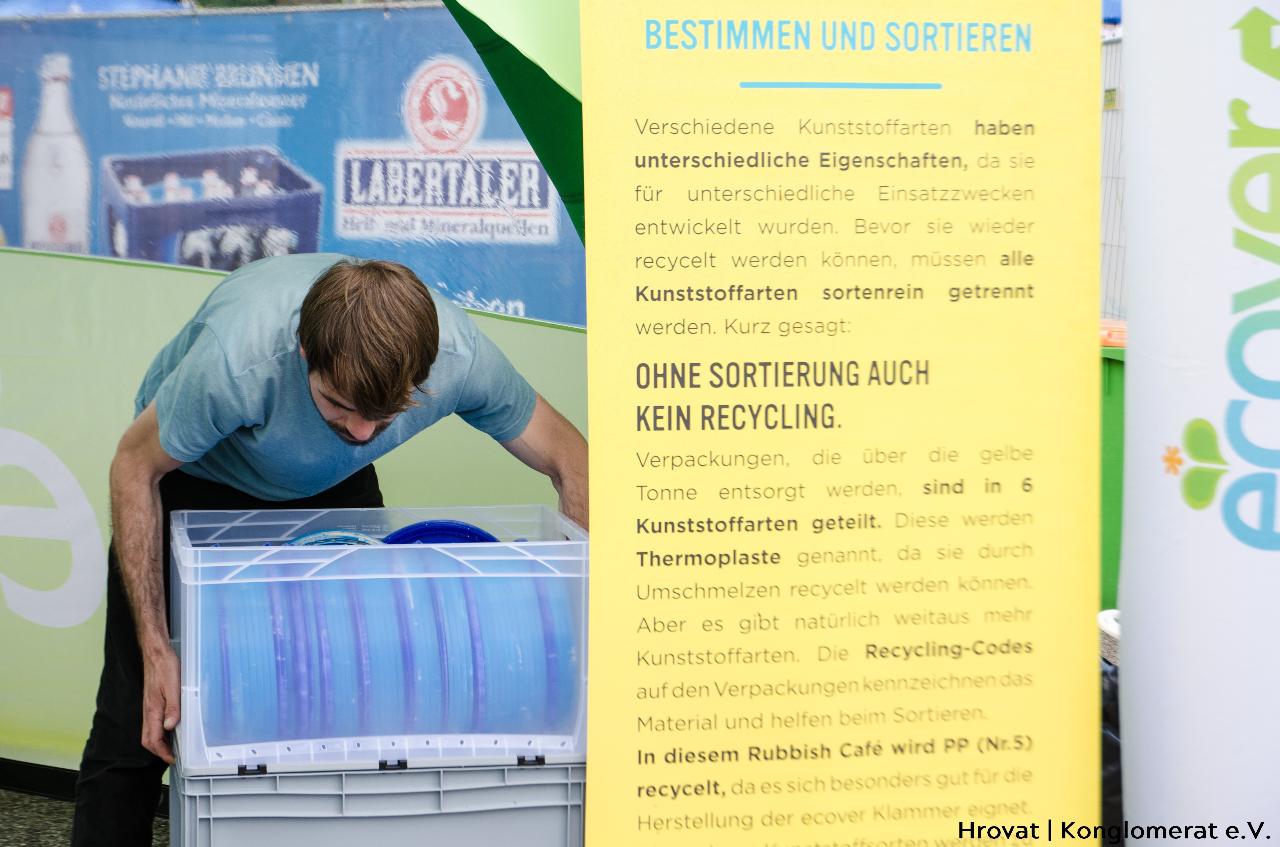
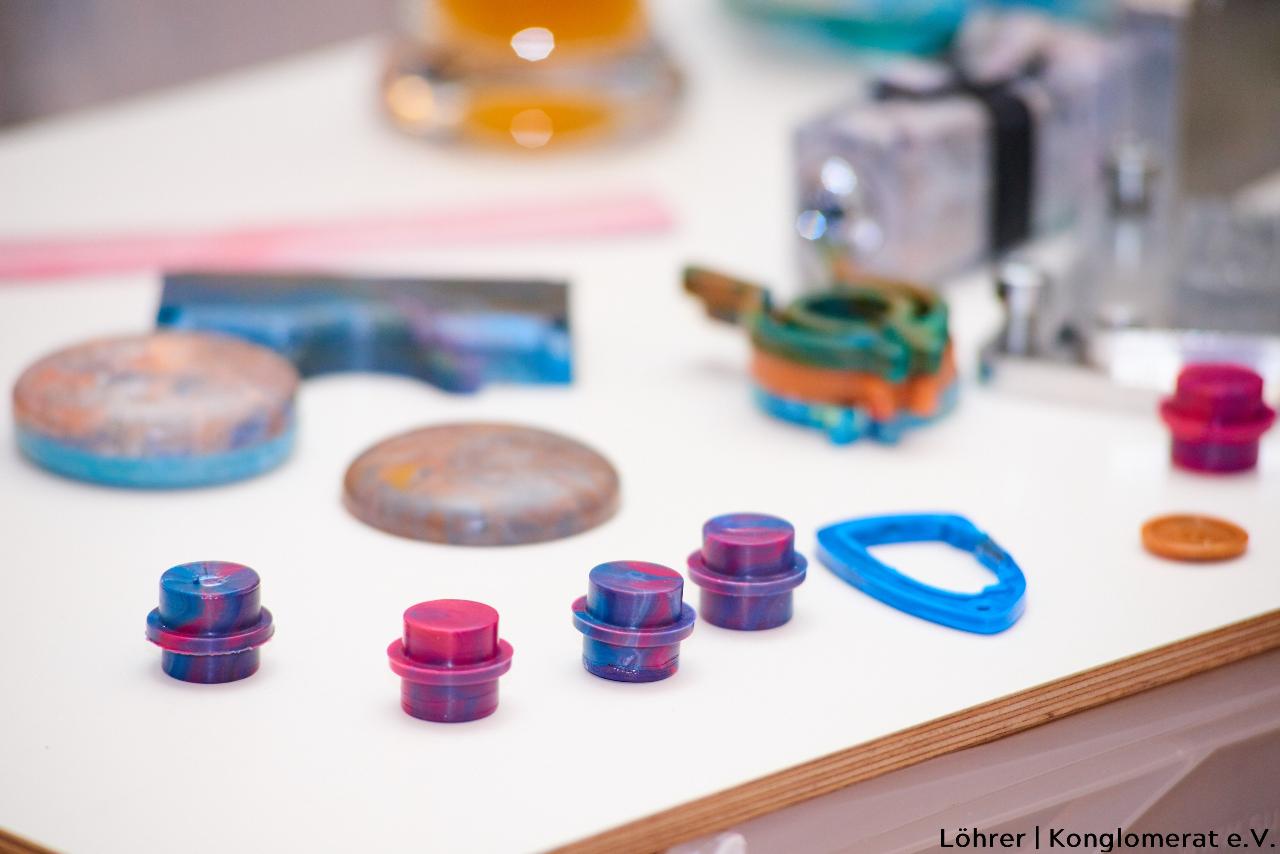
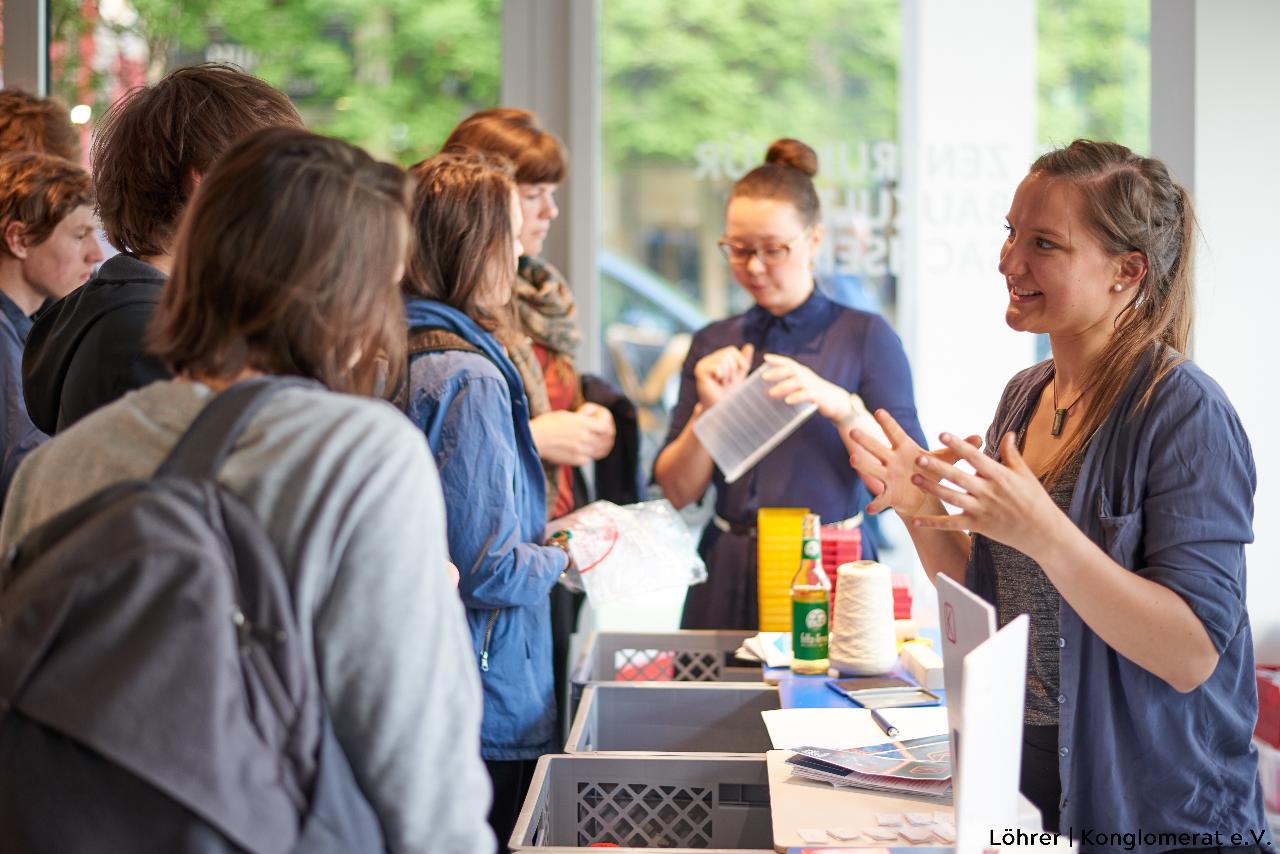
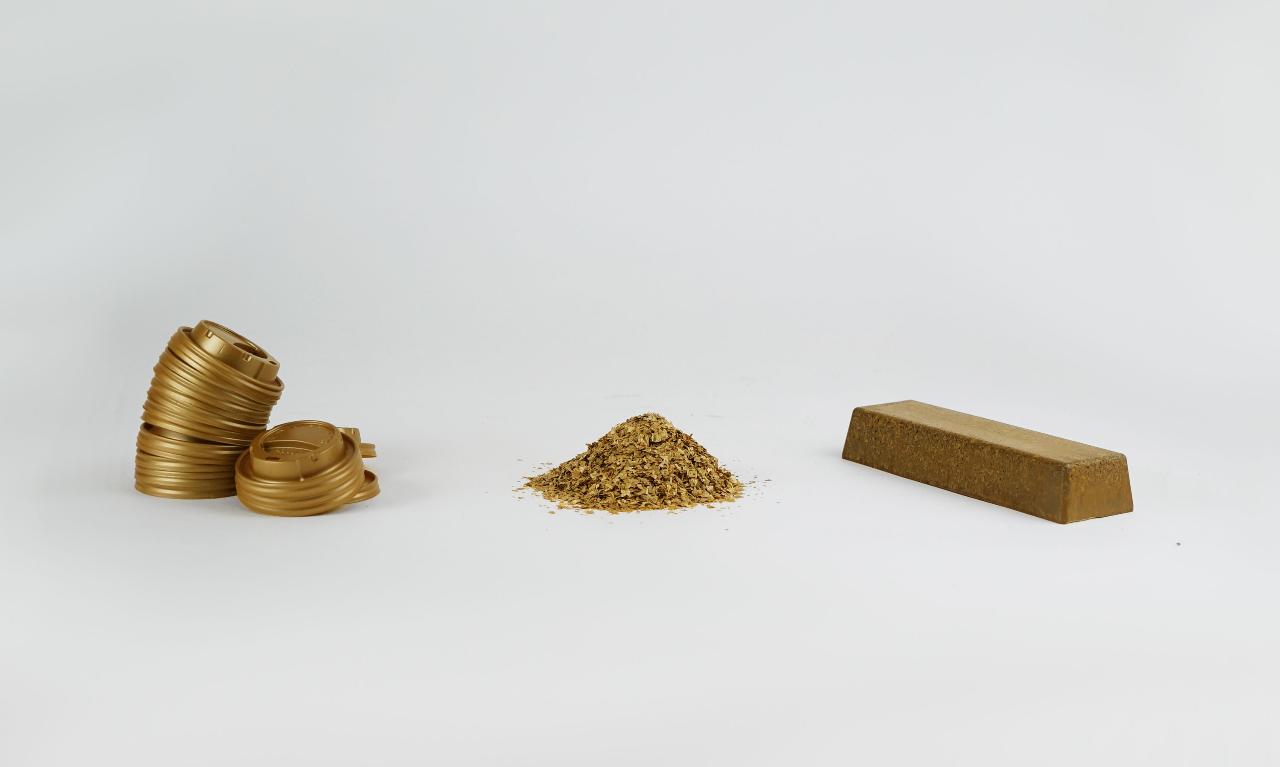
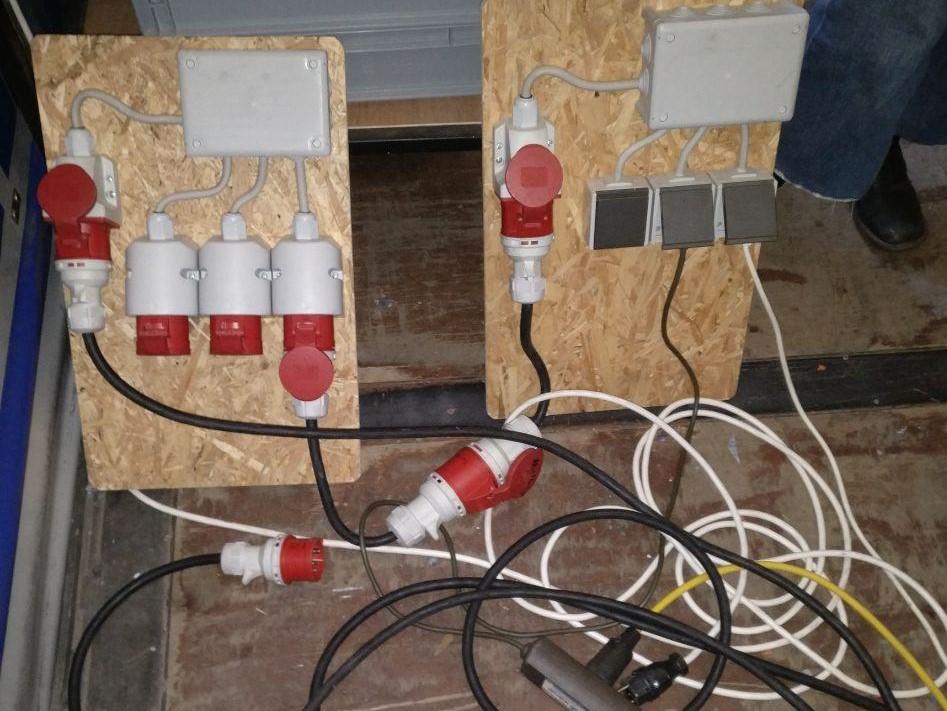
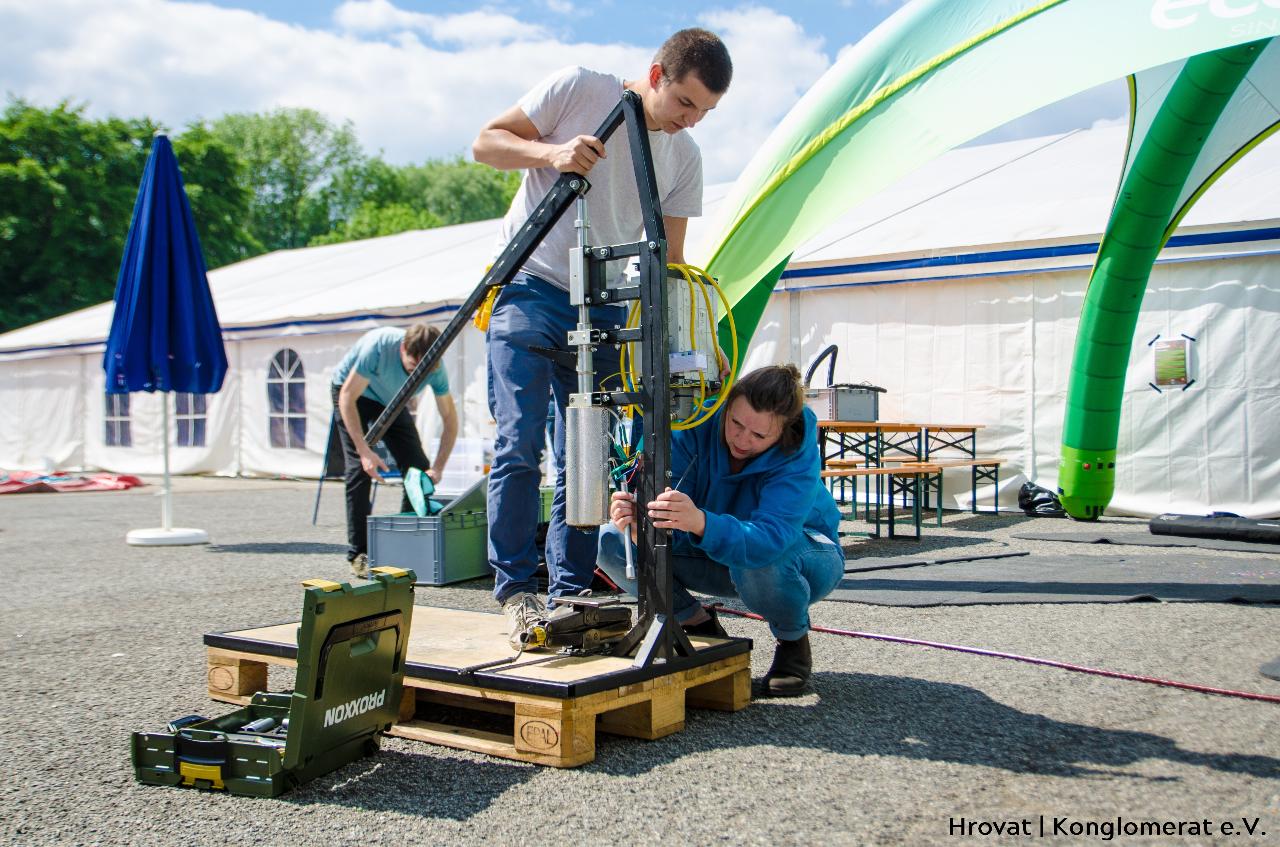
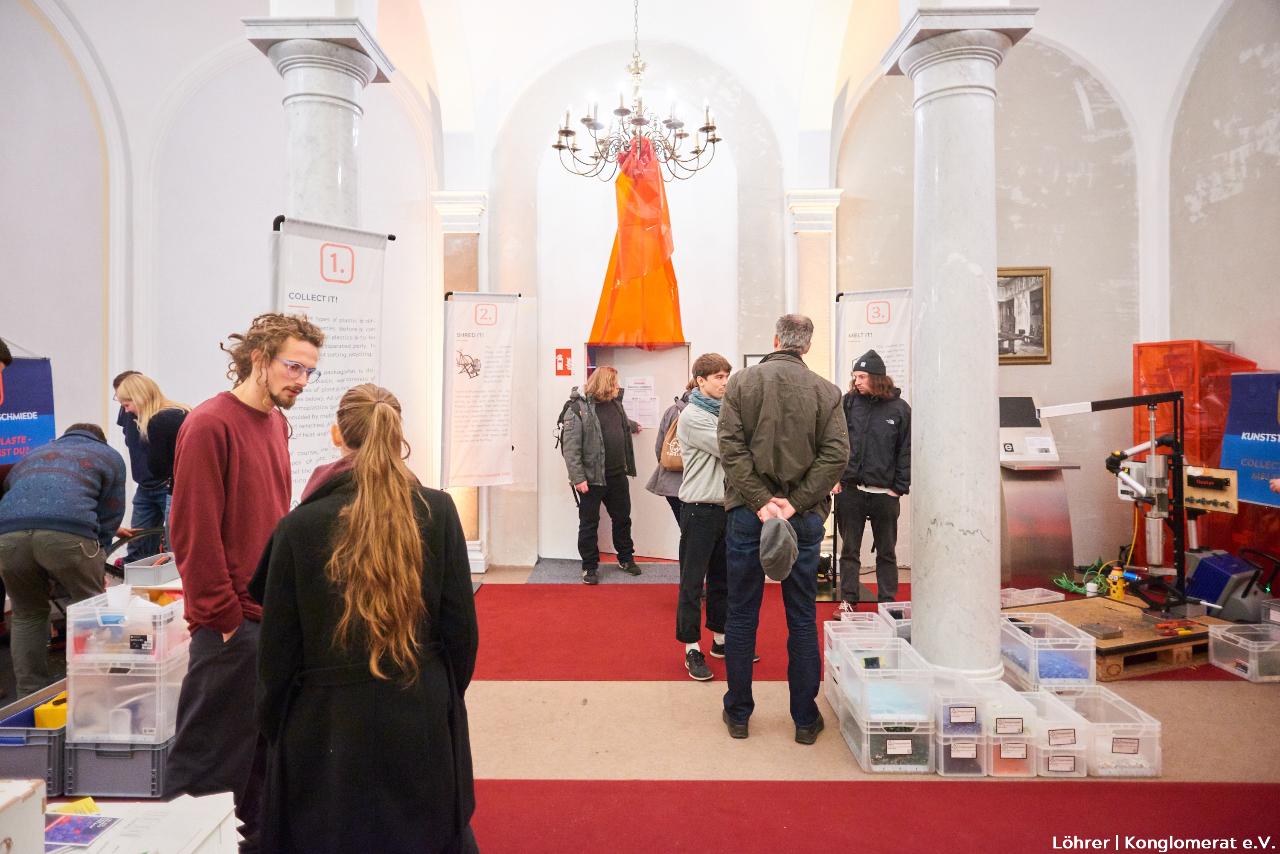
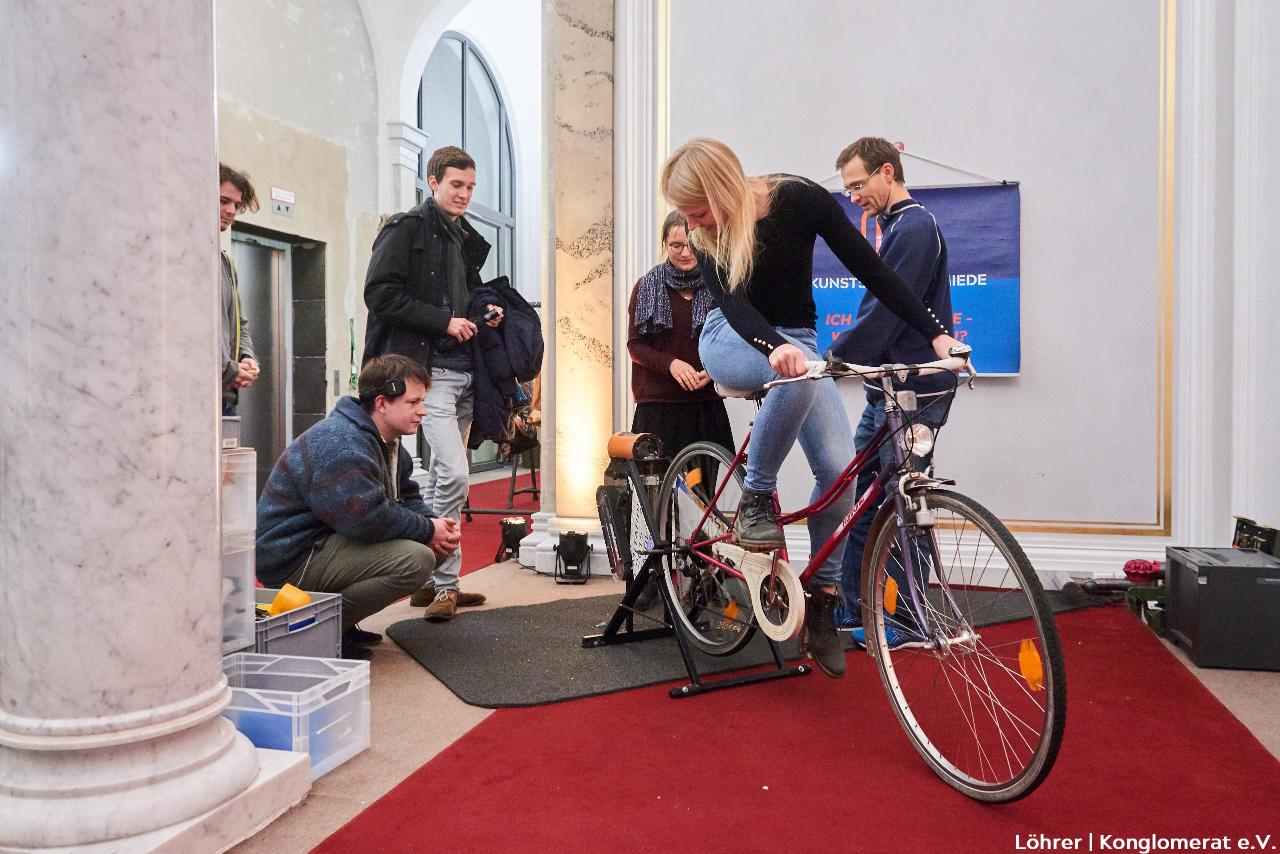
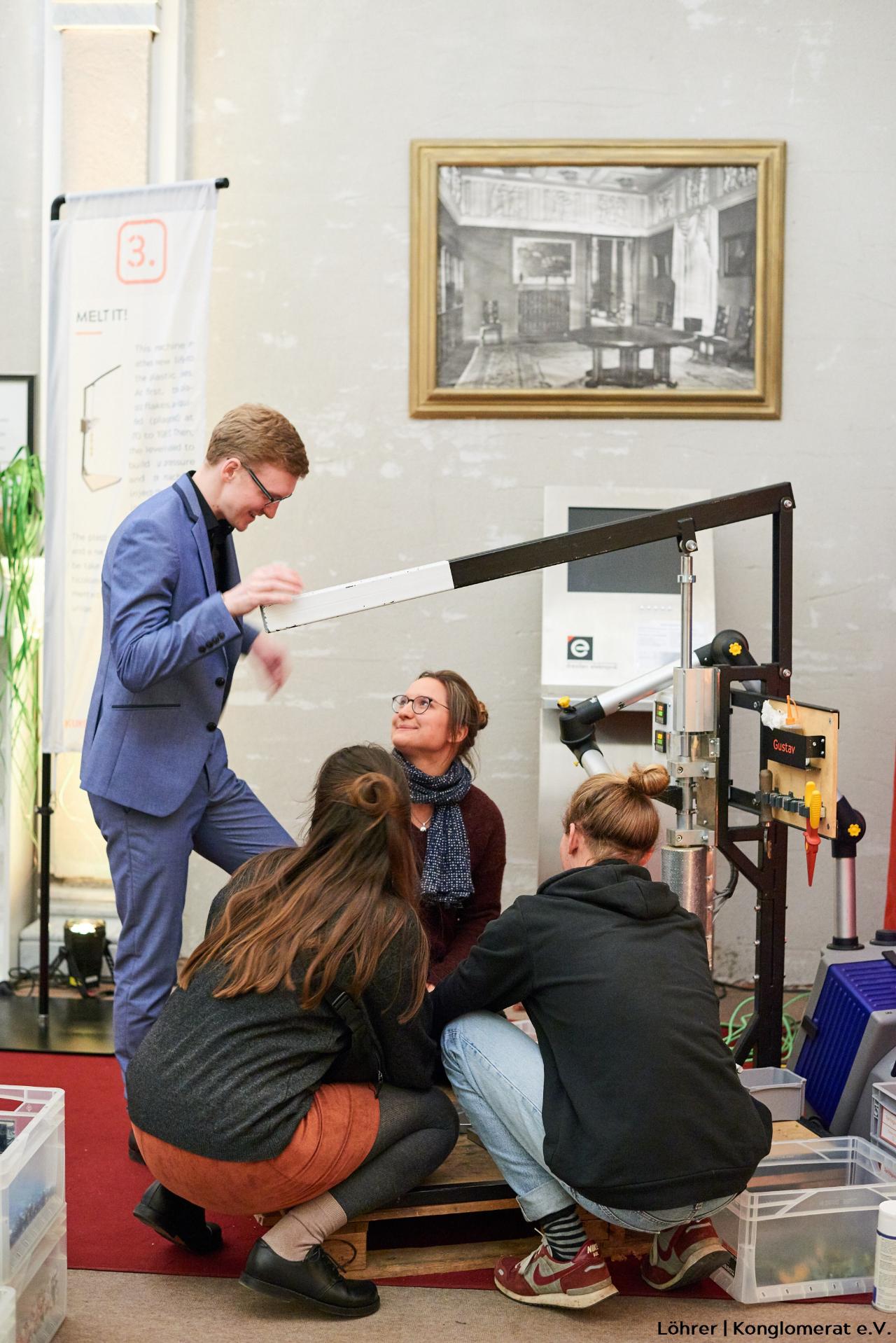
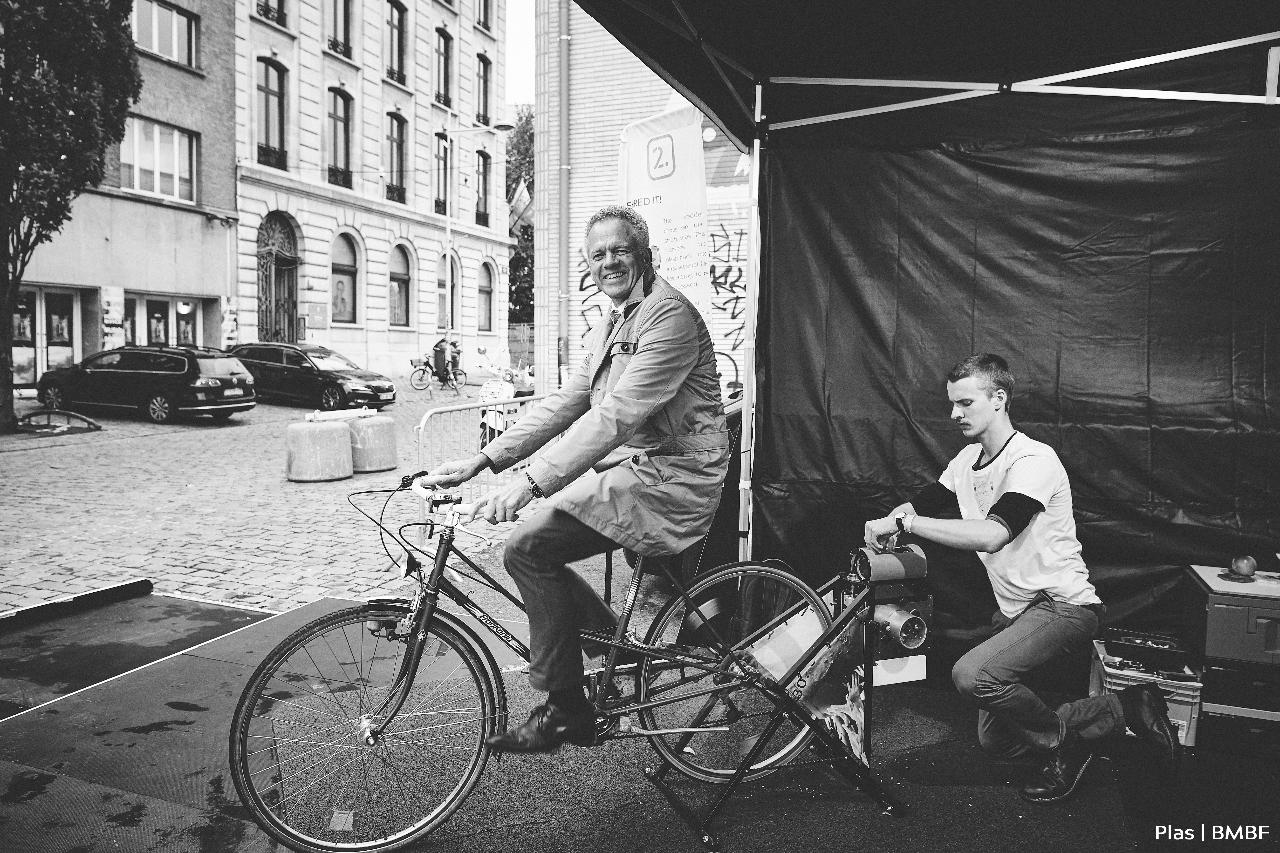
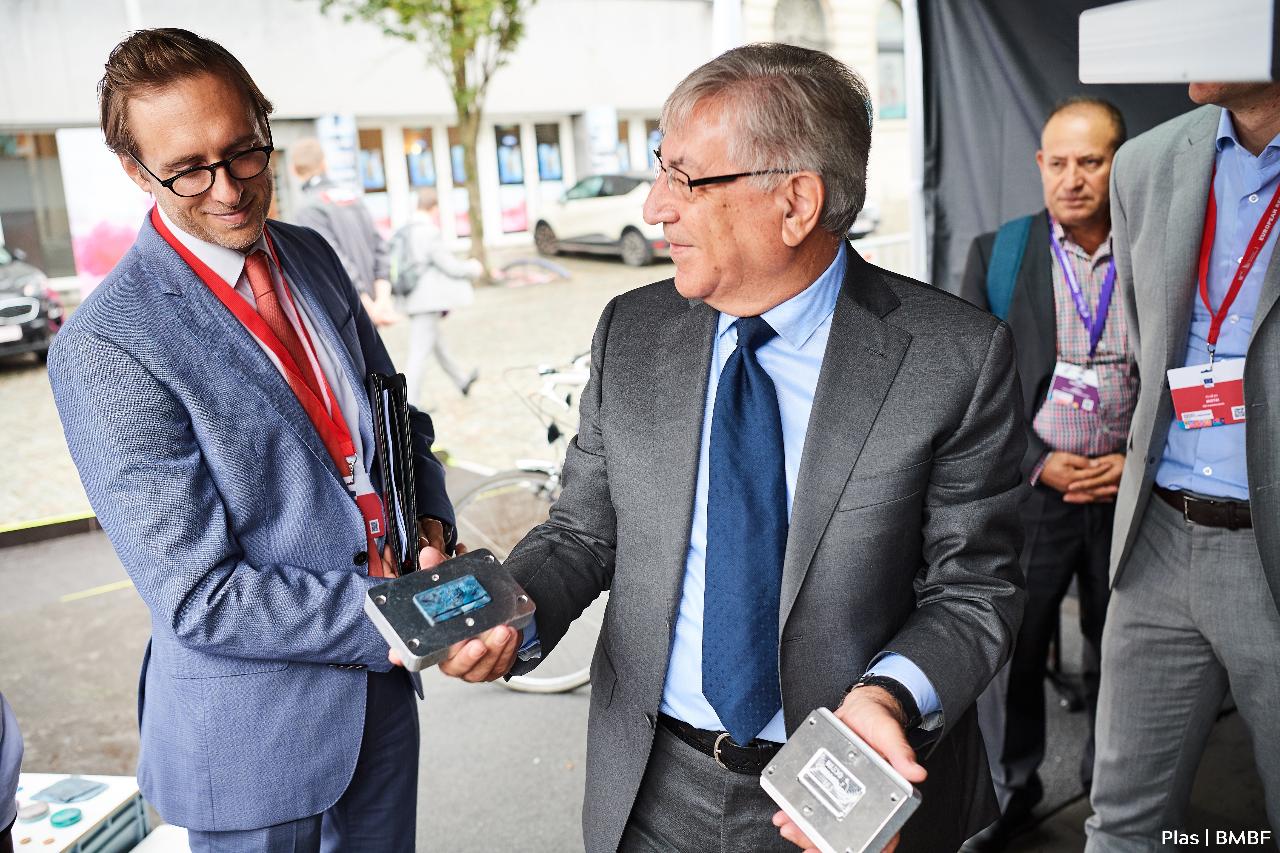
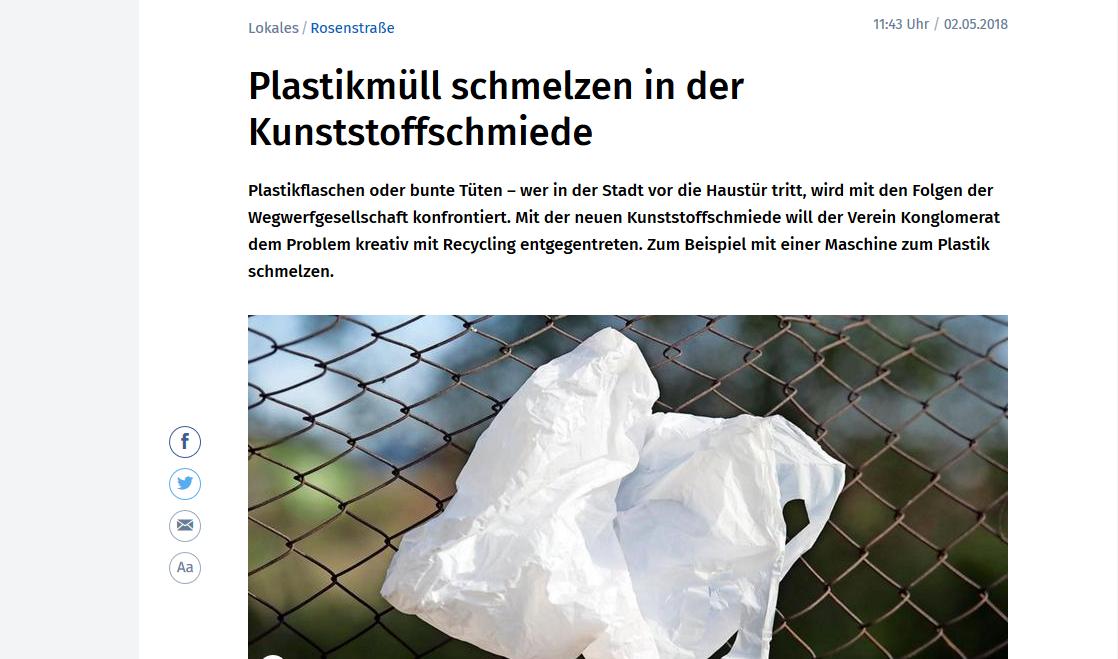
Comments